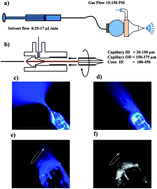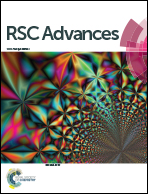A deeper look into sonic spray ionization
Abstract
Sonic spray ionization (SSI) has been explored as an ambient ionization method for mass spectrometric analysis of different compounds. It has been applied to the analysis of different groups of compounds, mostly small molecules. The work reported in this paper extends the ionization efficiency of SSI and application of SSI to different groups of compounds, mostly biomolecules, in an ion trap mass spectrometer. SSI does not use any power supply and produces both positive and negative ions simultaneously. The most important parameters in SSI are gas pressure, solvent flow rate and physical dimensions of the spray device. Although the first two parameters have been investigated by different groups, the effect of physical dimensions has not been reported in the literature. Silica capillary inner diameter (ID) and outer diameter (OD) and ID of the cone play important roles in a spray. The best explored dimensions for the silica capillary are 150–200 μm OD and 40–75 μm ID and 350 μm ID for the cone. These physical dimensions provide the best ionization efficiency and spectra of large proteins such as albumin can be obtained. The spectra of the samples can also be collected in water without adding any acid into the solution.


 Please wait while we load your content...
Please wait while we load your content...